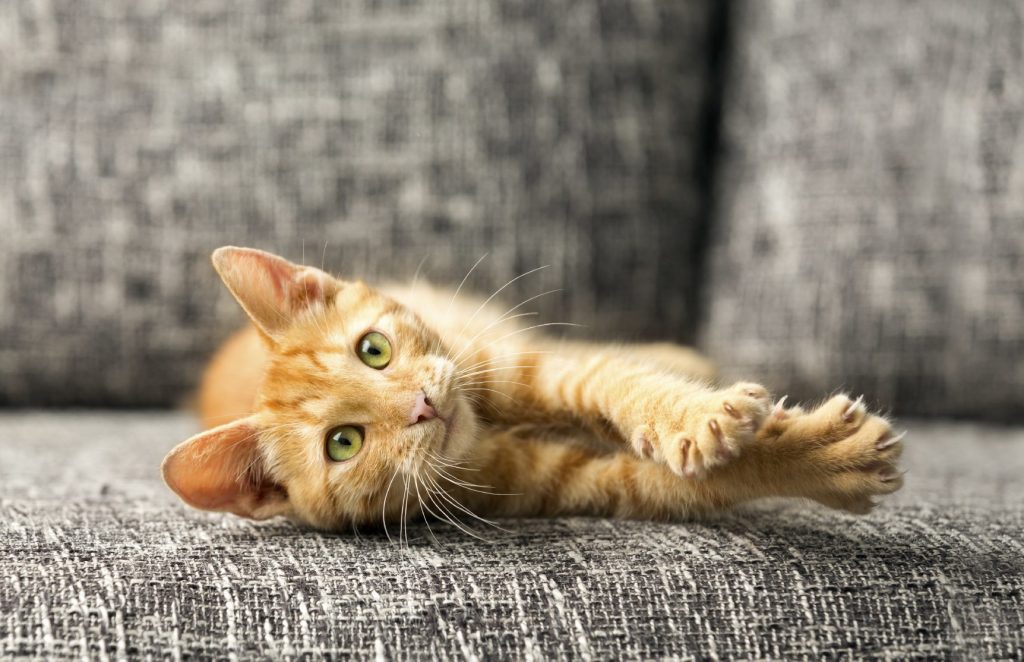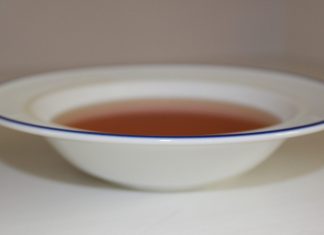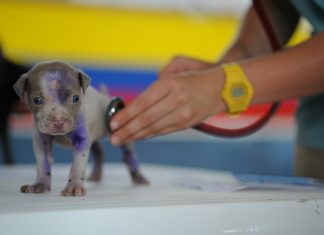Most people do not realize what a cat goes through during a declawing procedure. Having been a veterinarian’s assistant for many years, I saw first-hand the pain and negative consequences for this unnecessary procedure. There were times when I had to help keep a cat’s head up and out of its water bowl after coming out of the anesthetic. Their paws are completely covered up and bandaged when they wake up and they have a look on their face like “What happened?”
While many cat owners perceive this procedure as simple, effortless and trouble-free, it is really a cruel and unnecessary defacement that undercuts (no pun intended) the quality of the cat’s life for years to come. Scratching is as normal to a cat as breathing to sharpen claws, mark his or her territory and get in a good stretch. When you bring a kitten or cat home for the first time, do not make the mistake of waiting to see if they will scratch a surface – they will. Below are some ideas for alternatives to declawing your cat.
Climbing Trees
Invest in a climbing tree or a scratching post that is steady and secure, and not likely to move. Make sure it is covered in a different textured carpet than the one on your floor so your cat can distinguish the difference between the two carpets. If the scratching post is not stable or wobbles when your cat goes on it, it could scare him or her away for good. You can also cover a scratching post with a thick rope or another fabric.
If your cat is sociable, place it in a room where the family gathers or if it is shy, you might want to place it in a quieter room or spare bedroom. If your cat has already been scratching an area to mark his or her territory, place the scratching post on that surface. Use a cat toy to encourage your cat to use the post. You might want to attach a toy that he or she can bat around and play with. Reward your cat with treats when he or she uses the post. Give any and all positive reinforcement to your cat for using the post or tree.
Retraining Your Cat
When it comes to retraining your cat to avoid scratching other areas around your home, you may need to make those surfaces unattractive. Consider the following deterrents that will keep your cat away from those surfaces:
• Double-sided tape – cats do not like sticky surfaces
• Aluminum foil
• Sheets of plastic or plastic carpet runners
• Car mats with the spiky sides up
Attach the deterrent of choice to a piece of cardboard so it will be easier to move in and out of position while you are training your cat to stay away. Take a look at some of the herbal sprays that deter a cat from surfaces and furniture. When and if you catch your cat scratching any area other than the scratching post, you should hold your temper and do not get mad.
One option is to attach a water balloon to the surface that you would like to protect, and often that is enough of a deterrent. However, if he or she pops the balloon, the message will stick. But you’ll have a watery mess to contend with as well.
Message Your Cat’s Paw
Whether you clip the tips of your cat’s claw or have your groomer do it, it will make them less destructive if he or she does scratch a surface. Start handling your kitten’s paws at a young age to desensitize them and incorporate massages into your daily routine. Nail trims will help your cat feel more comfortable.
The decision to declaw your cat should be a last resort. Removing something that nature supplied is really an amputation of your cat’s front toes. It can be compared to cutting off the tip of a person’s fingertips. The pain of the procedure, risk of infection and the possibility of long-term shoulder and back problems, depression and an aversion to using the litter box are all good reasons to avoid declawing your cat.










